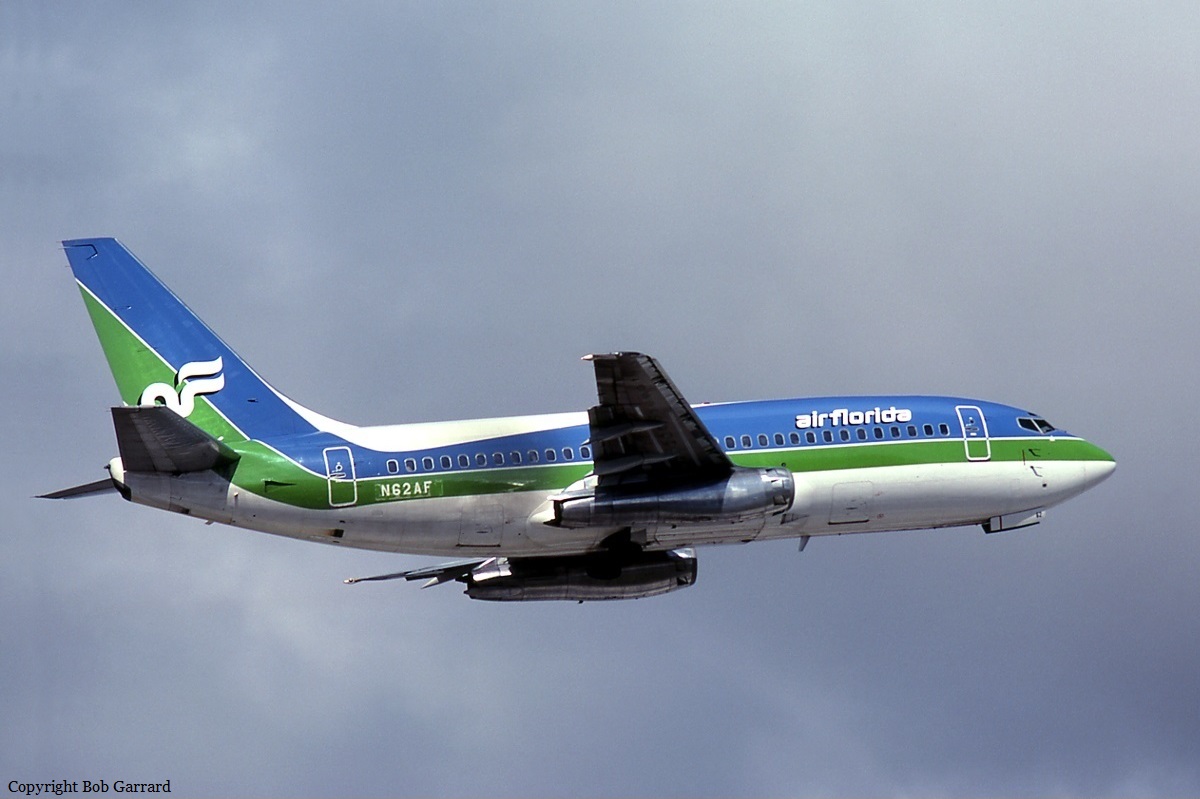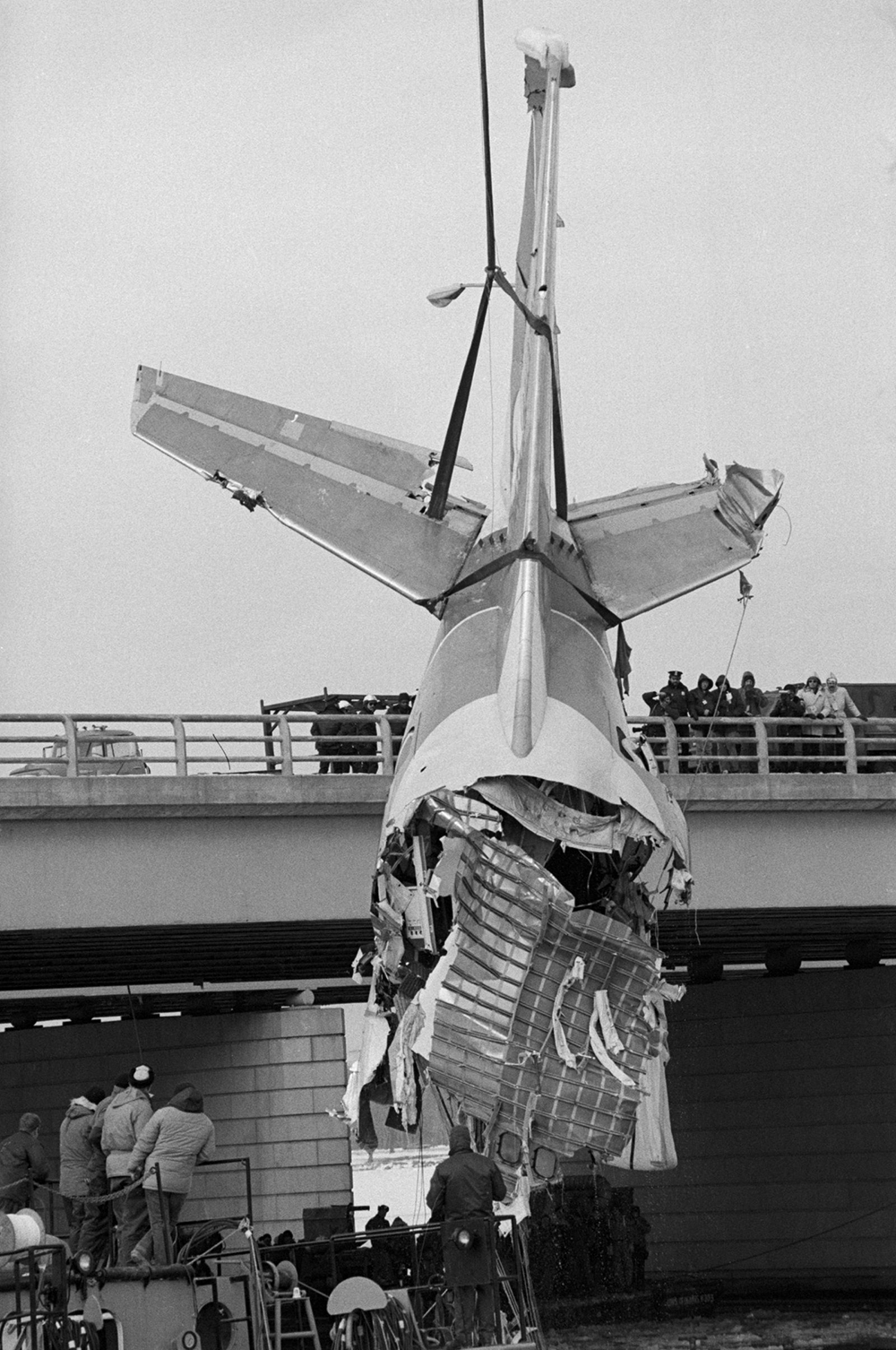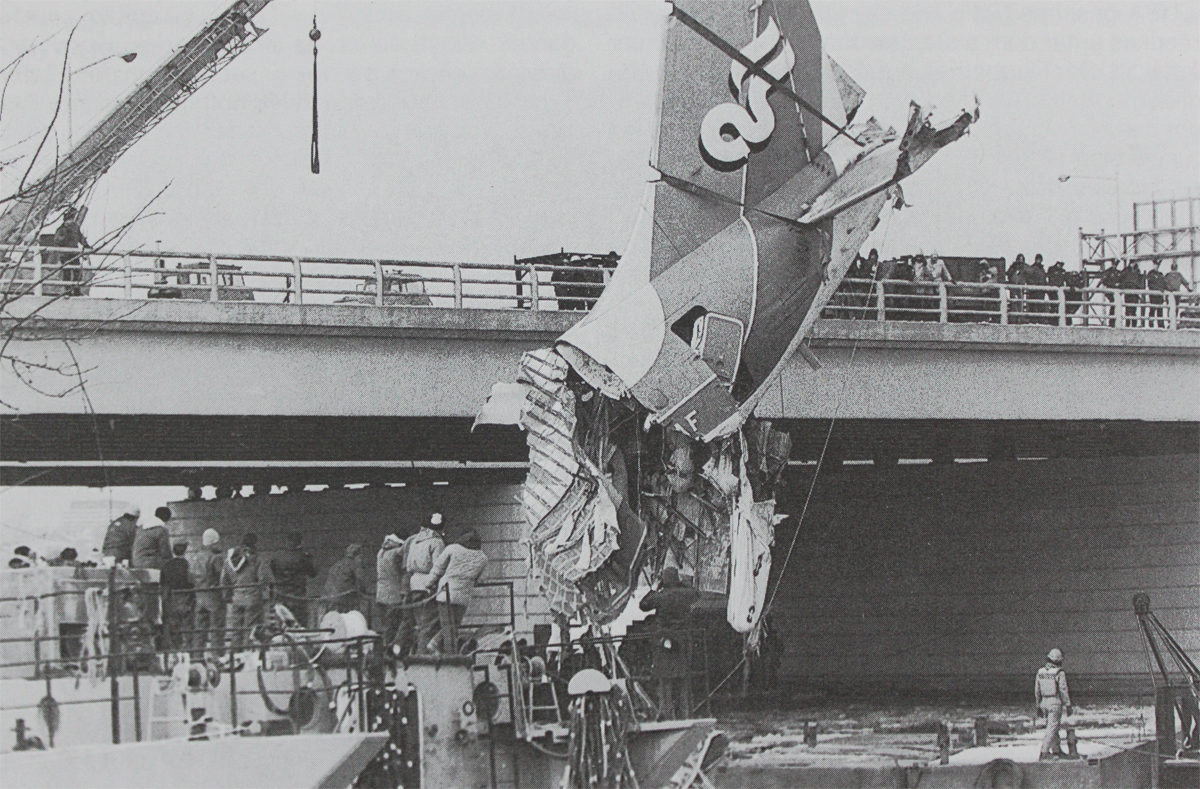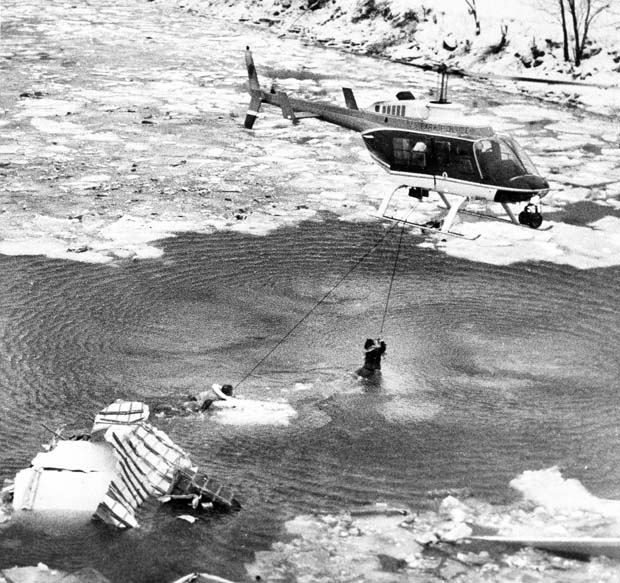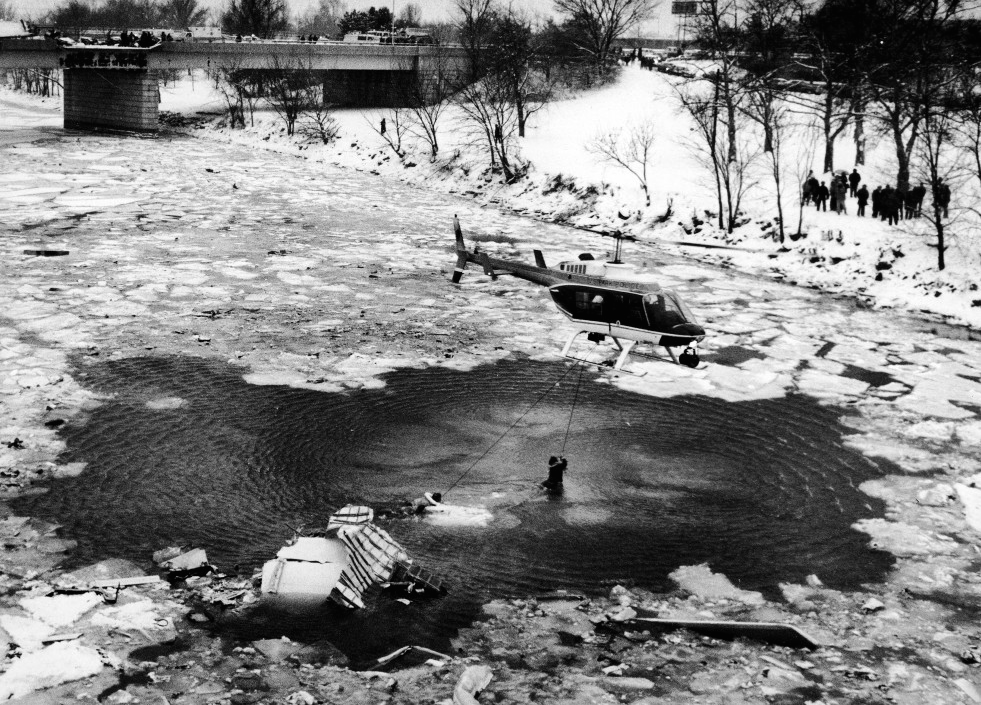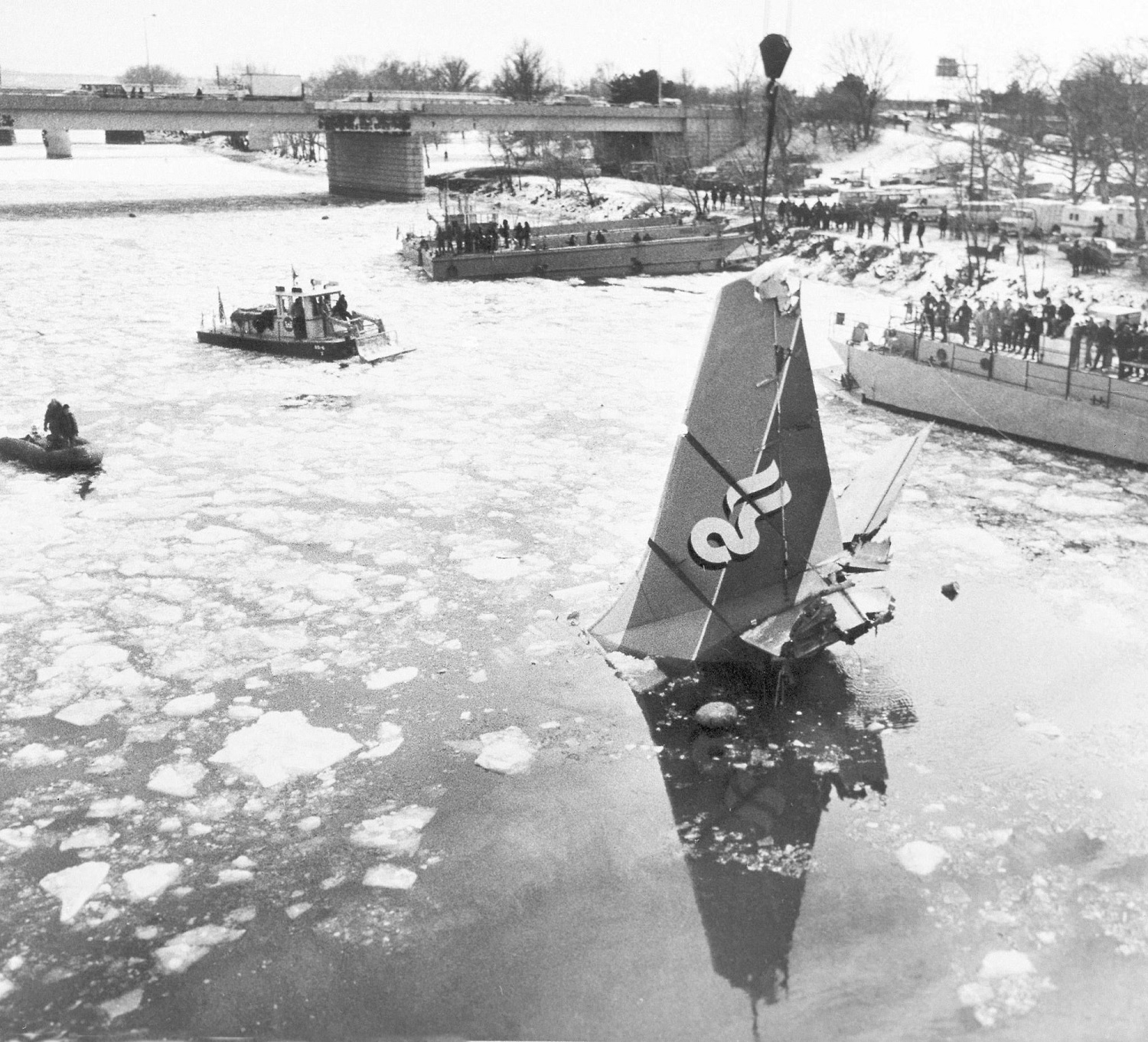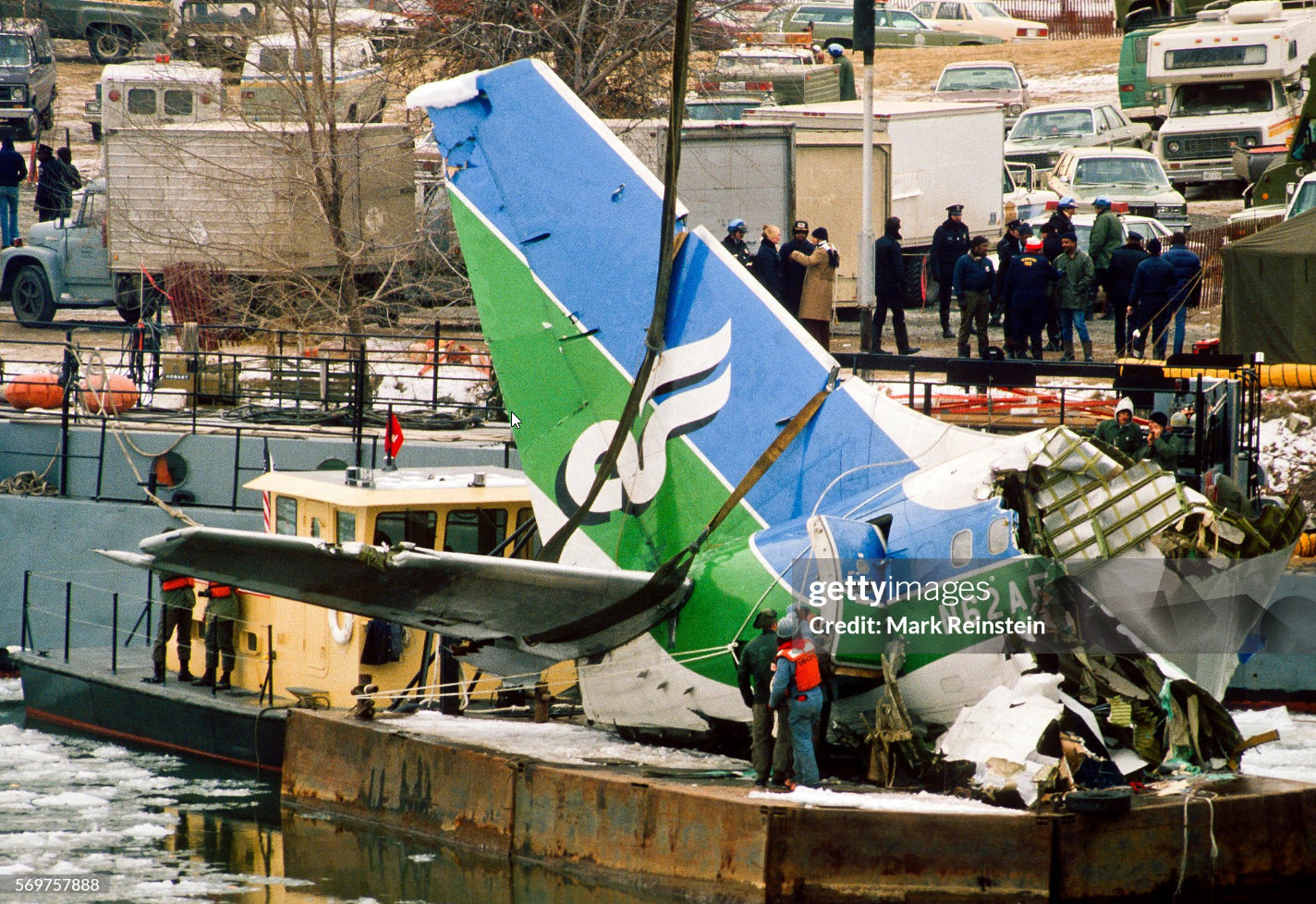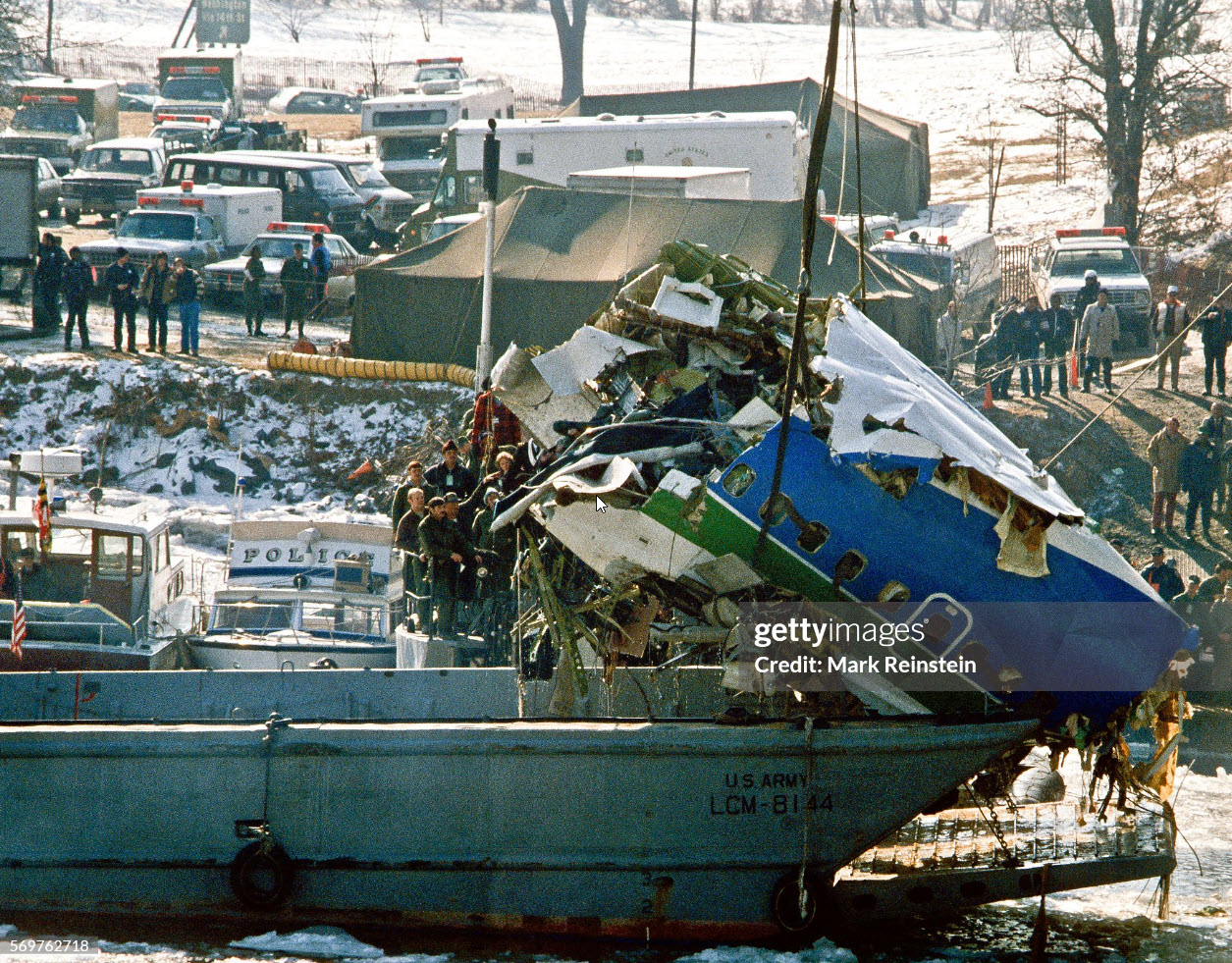Crash of a Piper PA-31-350 Navajo Chieftain in Culpeper: 1 killed
Date & Time:
Sep 28, 1986 at 0500 LT
Registration:
N59942
Survivors:
No
MSN:
31-7552094
YOM:
1975
Crew on board:
1
Crew fatalities:
Pax on board:
0
Pax fatalities:
Other fatalities:
Total fatalities:
1
Aircraft flight hours:
4139
Circumstances:
The aircraft, which was stolen from the airport, collided with the ground in a steep angle approximately one mile south of the airport. Instrument meteorological conditions existed with local visibility less than one mile as reported by persons near the accident site. The pilot was not instrument or multi engine rated. The pilot was denied a medical certificate about two weeks prior to the accident due to uncontrolled hypertension and diabetes. The pilot, sole on board, was killed.
Probable cause:
Occurrence #1: loss of control - in flight
Phase of operation: takeoff - initial climb
Findings
1. (f) weather condition - fog
2. (f) weather condition - low ceiling
3. (c) vfr flight into imc - attempted - pilot in command
4. (f) overconfidence in personal ability - pilot in command
5. (c) aircraft handling - not maintained - pilot in command
6. (f) lack of total instrument time - pilot in command
7. (c) spatial disorientation - pilot in command
----------
Occurrence #2: in flight collision with terrain/water
Phase of operation: descent - uncontrolled
Phase of operation: takeoff - initial climb
Findings
1. (f) weather condition - fog
2. (f) weather condition - low ceiling
3. (c) vfr flight into imc - attempted - pilot in command
4. (f) overconfidence in personal ability - pilot in command
5. (c) aircraft handling - not maintained - pilot in command
6. (f) lack of total instrument time - pilot in command
7. (c) spatial disorientation - pilot in command
----------
Occurrence #2: in flight collision with terrain/water
Phase of operation: descent - uncontrolled
Final Report:




